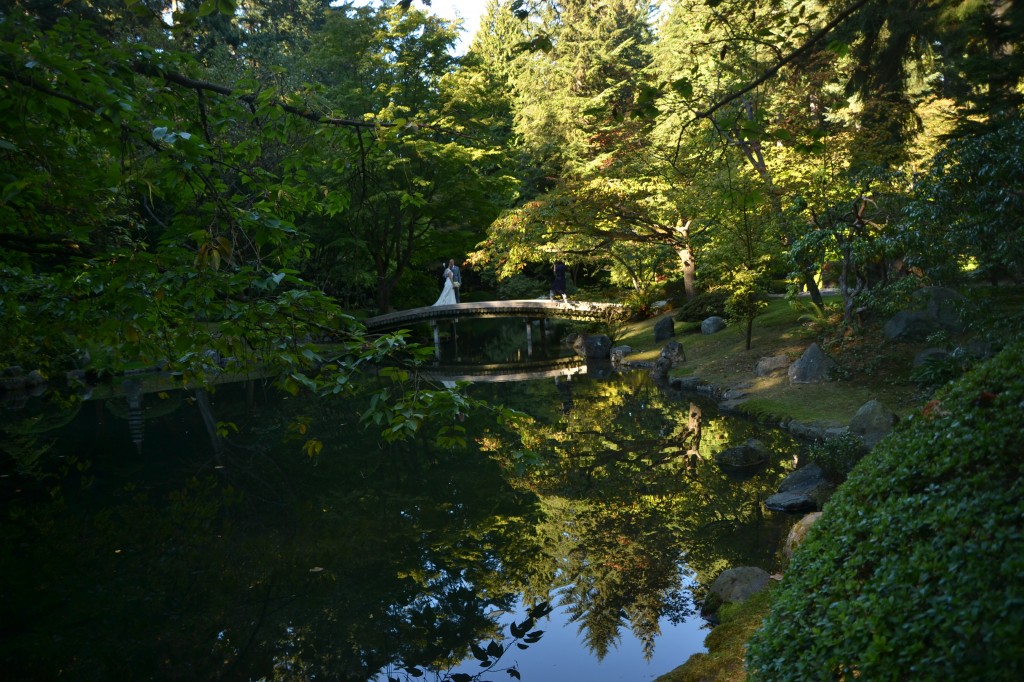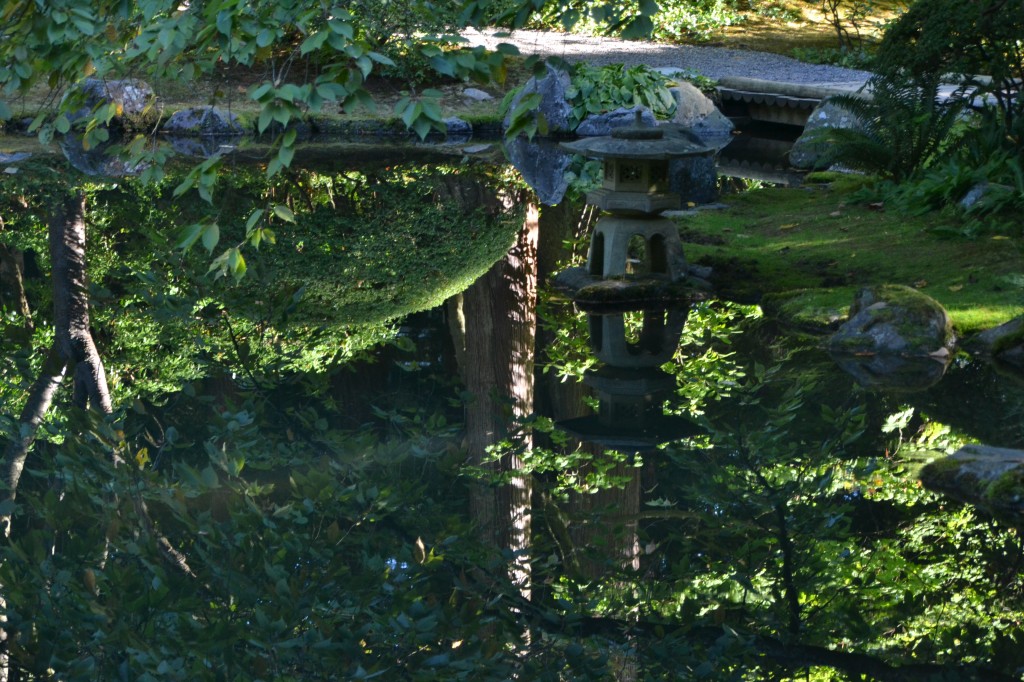Culture can be represented in many ways; it can take forms in order to facilitate a desired relation and to foster a refinement of particular societies. The Nitobe Gardens, Vancouver BC, at the University of British Columbia, is a memorial garden created in the 1960’s. The Nitobe garden can be seen as a form of art created in order to intentionally represent the Japanese culture, in order to commemorate Dr. Inazo Nitobe, this authentic Japanese garden expresses much more than just the Japanese value of nature (La Fountaine 34). The Japanese Professor Mori -selected by the government of Japan- and John Neill designed this memorial with the aim to engage with the authenticity of a Japanese garden –to respect Japanese identity and values- as well as to acknowledge the memorial as an, “academic objective,” to illustrate the importance of the international relations between Canada- the West- and Japan (La Fountaine 34). The importance of the memorial to strictly represent only a Japanese culture and be integrated within the university community was to properly memorialize Dr. Nitobe as a symbol for international cultures merging together supporting the peaceful relations between nations that suffered from the atrocities of that can been see after the world wars (La Fountaine 35). Racial barriers were overcome with Nitobe’s work with fostering peace; therefore, the memorial for Nitobe was to promote his international intentions of concord between nations (Goto 304).
The Nitobe Garden’s intentional representation to the public is the commemoration of Nitobe’s identity of peace between nations (Goto 304). The memorial clearly offers a representation of Japanese culture through the garden expressing an authentic Japanese outline (La Fountaine 36). Therefore, the location and the carefully depicted Japanese cultural aspects identified in this garden consequently bring together the Japanese and Canadian cultures. By doing so, the memorial is evidently supporting a collective identity in regards to understanding and recognizing the importance of peaceful international relations (Goto 304). The intended memorial representation can be further seen through the Nitobe memorial landscaping with, “one island,” that was, “in the lake, later to be connected with the mainland by a bridge,” symbolizing a bridge between Japanese-Canadian relations forming a prospective strengthening bond (La Fountaine 36).
This memorial was seen as taking a step forward in Japanese- Canadian relations –for being a memorial built in the 1960’s- where there were still lingering racial prejudices towards Japanese-Canadians (Goto 304). Even with prejudicial perspectives in Western societies towards the Japanese, the memorial continued on to be built; therefore, representing the intentions of Japan and Canada progressively moving past racial differences in order to uphold stronger international relations (Goto 304).
.


